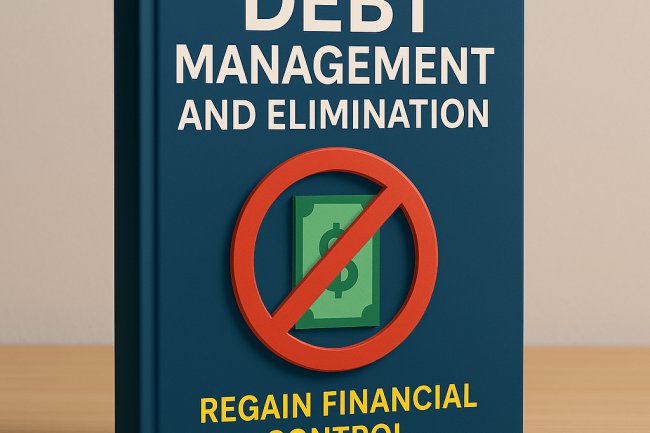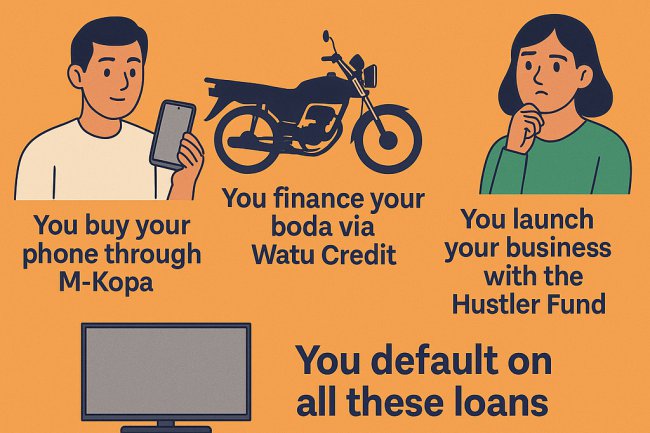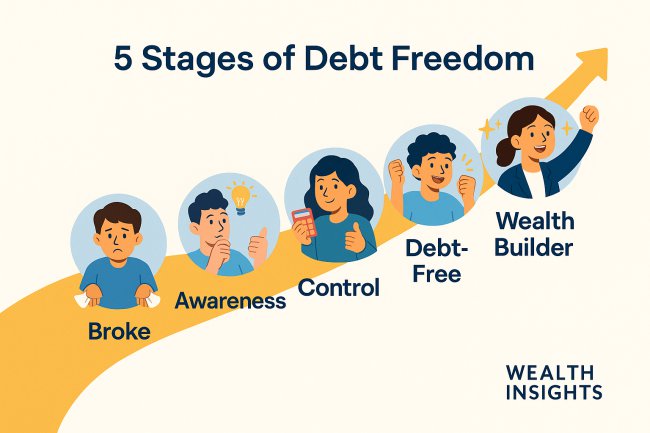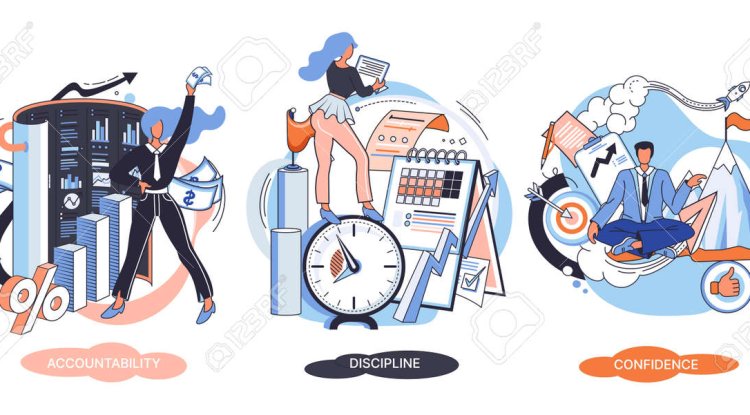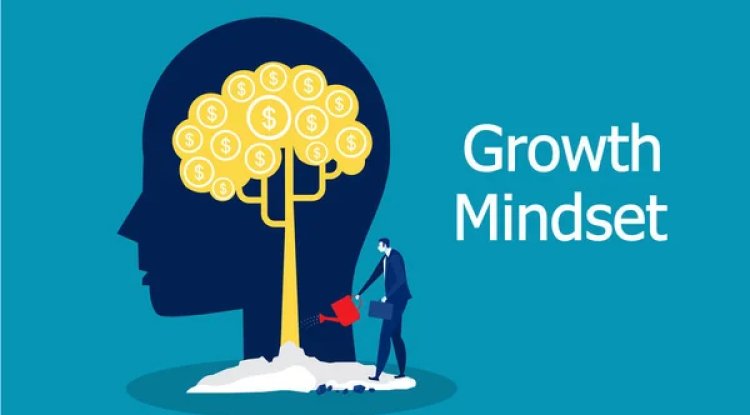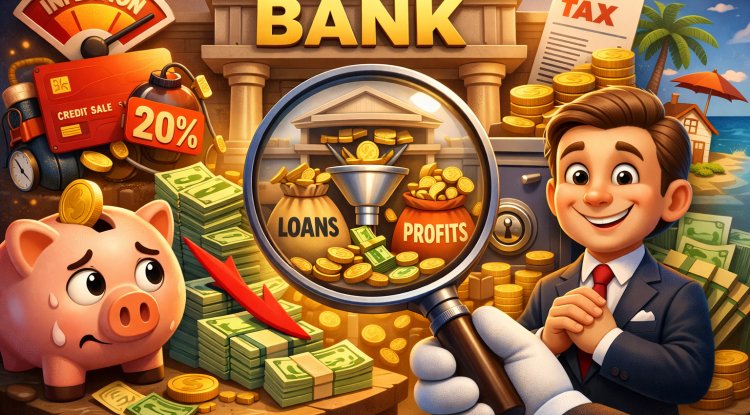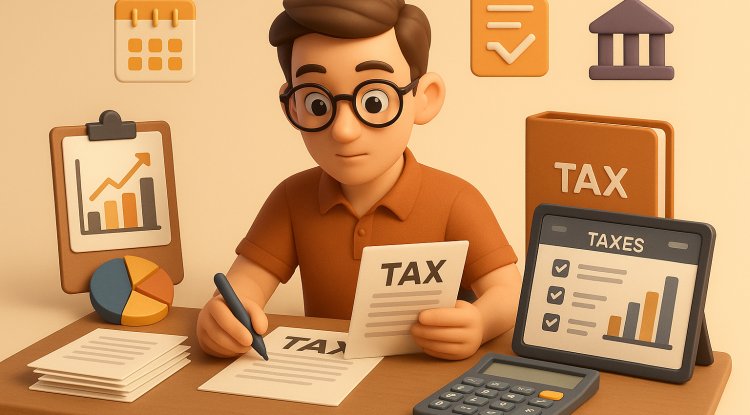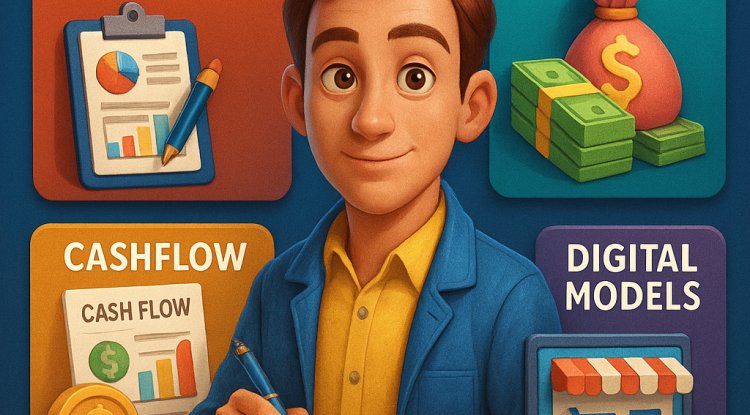Why Debt, Taxes, and Inflation Make the Poor Poorer and the Rich Richer
Discover how debt, taxes, and inflation impact different classes. Learn why these forces keep the poor trapped while the wealthy get richer—and how to shift your position.
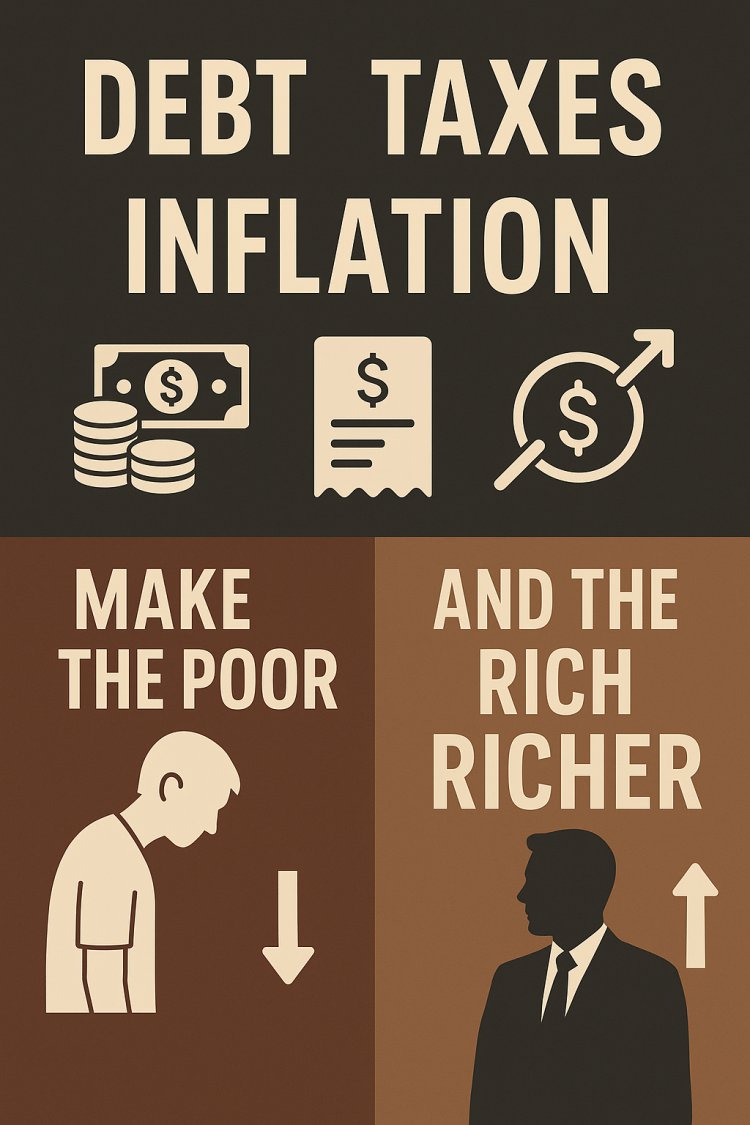
In today’s financial world, three silent forces affect everyone—debt, taxes, and inflation. But here's the twist: while they drain the wallets of the poor and middle class, they often work in favor of the rich.
It may sound unfair—or like a conspiracy—but it’s more about how people use or get used by the system. Understanding this shift is crucial if you want to escape financial struggle and move toward long-term wealth.
Let’s dive deep into how these three forces shape our financial destiny and how you can start playing the game like the wealthy do.
1. The System Is Not Broken—It Was Built This Way
Before we examine each force individually, it’s important to understand one key idea:
The financial system rewards those who understand how to use its tools.
The poor and middle class are taught to:
-
Get a job
-
Save money
-
Avoid debt
-
Pay their taxes
-
Retire at 60
Meanwhile, the wealthy:
-
Leverage debt
-
Minimize taxes legally
-
Protect against inflation
-
Invest instead of saving
The difference? Financial literacy and strategy. Let's now explore how this works.
2. How Debt Hurts the Poor and Empowers the Rich
For the Poor & Middle Class:
Most use bad debt—which includes:
-
Credit cards
-
Payday loans
-
Auto loans
-
Consumer financing
These debts come with high interest and are used to buy depreciating assets (cars, gadgets, vacations). The result?
-
More monthly expenses
-
Lower savings rate
-
Increased financial stress
They become slaves to monthly payments, reducing their ability to build wealth.
For the Rich:
The rich use good debt—low-interest loans used to acquire:
-
Real estate
-
Businesses
-
Stocks
-
Assets that generate cash flow
Example: A wealthy investor might borrow $200,000 at 5% interest to buy a rental property yielding 10% returns. They earn profit using other people’s money (OPM).
“The rich use debt to make money. The poor use debt to look like they have money.” — Robert Kiyosaki
3. How Taxes Penalize Earned Income
Poor & Middle Class:
Most people earn active income (salary or hourly wages). It’s taxed the most:
-
In Kenya, employees can pay up to 30% of their income in taxes.
-
Add NSSF, NHIF, and VAT—they’re taxed on earnings and spending.
They rarely have access to deductions or loopholes. What remains is often not enough for investing or wealth-building.
Rich & Wealthy:
The rich earn passive income and portfolio income:
-
Capital gains (stocks, real estate)
-
Dividends
-
Business income
They also benefit from:
-
Tax deductions (depreciation, interest, losses)
-
Tax-advantaged accounts
-
Offshore shelters
Billionaires like Elon Musk and Jeff Bezos legally pay lower effective tax rates than most middle-class workers—because of how income is structured, not how much is earned.
4. How Inflation Destroys Savings—Unless You Own Assets
Poor & Middle Class:
They are taught to:
-
Save money in banks
-
Avoid risk
-
Depend on fixed income (salaries or pensions)
But in times of high inflation:
-
Money loses purchasing power
-
Bank interest doesn’t match inflation rates
-
Their “safe” money is actually shrinking in value
Example: If inflation is 9% and your savings earn 3%, your money is losing 6% per year in real value.
Rich & Wealthy:
They protect and grow wealth through inflation-resistant assets:
-
Real estate (rents and values go up)
-
Stocks (companies adjust prices)
-
Commodities (like gold or oil)
-
Businesses (especially scalable or essential ones)
They own the assets that increase in value when prices rise. Inflation becomes a tailwind—not a threat.
5. Why the Middle Class Is Shrinking
The middle class often carries:
-
High debt from homes, cars, and education
-
High taxes due to salaried jobs
-
High exposure to inflation due to low investment
They often look rich—because of financed lifestyles—but are one emergency away from financial disaster.
Lifestyle inflation (buying more as you earn more) keeps them stuck.
The rich, on the other hand, reinvest their money and use systems and structures (LLCs, trusts, tax strategy) to protect and multiply wealth.
6. How the Rich Think Differently
| Poor & Middle Class | Rich & Wealthy |
|---|---|
| Work for money | Make money work for them |
| Earn salary | Build assets |
| Pay taxes first | Use deductions, pay taxes last |
| Save money | Invest money |
| Fear debt | Use debt to create income |
| Avoid risk | Manage risk through knowledge |
The biggest asset the rich have is not money—it’s financial intelligence.
7. How to Shift to the Wealth Side
Now that you understand how these forces work—how can you stop being their victim and start using them for your benefit?
Step 1: Improve Financial Literacy
Start reading books like:
-
Rich Dad Poor Dad – Robert Kiyosaki
-
The Millionaire Next Door – Thomas J. Stanley
-
Unshakeable – Tony Robbins
Follow finance channels and blogs (like Global Wealth Insights) to learn the language of money.
Step 2: Turn Bad Debt into Good Debt
-
Pay off high-interest debts quickly.
-
Avoid using loans for consumption.
-
Use credit to invest in skills, business, or assets.
If you borrow, it should generate more money than it costs.
Step 3: Reduce Tax Burden Legally
-
Start a side hustle or business (businesses enjoy tax deductions).
-
Learn about allowable expenses, insurance deductions, and investment tax reliefs.
-
Use retirement plans or savings schemes that offer tax incentives.
Step 4: Invest, Don’t Just Save
-
Start with low-risk investments (unit trusts, money market funds).
-
Gradually move into real estate, stocks, and mutual funds.
-
Protect yourself from inflation by owning appreciating assets.
Step 5: Create Multiple Income Streams
-
Don’t rely on one job.
-
Start a blog, online business, or affiliate income channel.
-
Build scalable income—something that grows without requiring more of your time.
Final Thoughts
Debt, taxes, and inflation are not the enemy. They are tools.
The rich have mastered the game and use the system in their favor. The poor and middle class often fall into traps—because they follow outdated rules: work hard, save money, avoid risk.
The real path to wealth is not working harder—it's thinking smarter.
By improving your financial education, you can shift from being squeezed by the system to designing your financial future. Don’t fear the system—learn to use it.
Summary Takeaways
-
The poor use bad debt; the rich use good debt to build wealth.
-
The middle class pays the highest tax percentage; the rich use structure to minimize taxes legally.
-
Inflation erodes savings, but helps those who own appreciating assets.
-
With the right mindset and strategy, anyone can shift from being squeezed to scaling
What's Your Reaction?







